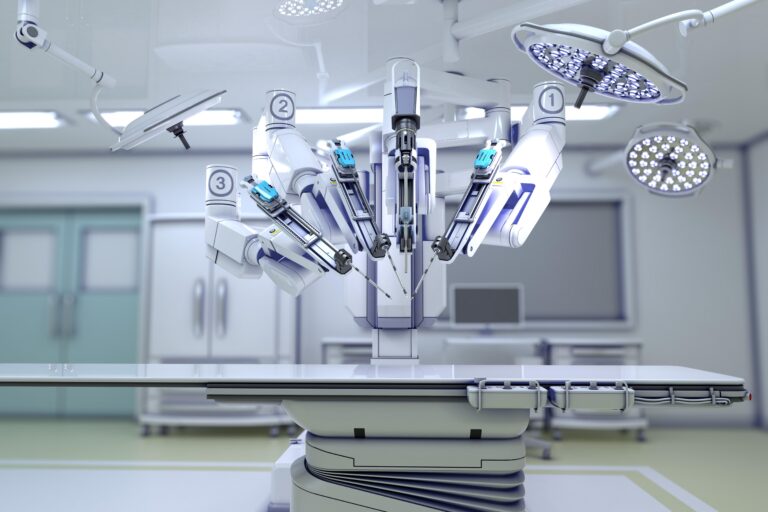In recent years, the fusion of advanced technology and medicine has ushered in a new era of surgical innovation.Robotics, once a concept confined to science fiction, is now at the forefront of transforming modern surgical procedures.By enhancing precision, minimizing invasiveness, and improving patient outcomes, robotic systems are reshaping the landscape of healthcare. This article explores how robotics is revolutionizing the field of surgery, highlighting key developments, benefits, and the future potential of this groundbreaking synergy between human expertise and machine intelligence.
Table of Contents
- The Integration of Robotics in Minimally Invasive Surgery Transforming Surgical Precision and Patient Outcomes Enhancing Surgical Training and Skill Development with Robotic systems Best Practices for Implementing Robotic Surgery in Healthcare Facilities
- In Summary
The Integration of Robotics in Minimally Invasive Surgery Transforming Surgical Precision and Patient Outcomes Enhancing Surgical Training and Skill Development with Robotic Systems Best Practices for Implementing Robotic Surgery in Healthcare Facilities
Robotic systems have become a cornerstone in the evolution of minimally invasive procedures, dramatically elevating surgical precision and enhancing patient outcomes. These advanced technologies empower surgeons with greater dexterity, enhanced visualization, and improved control, allowing for meticulous navigation through delicate anatomical structures. The ability to perform complex maneuvers with reduced tremors and minimized invasiveness not only reduces post-operative pain and scarring but also considerably shortens recovery times. Hospitals integrating robotic platforms benefit from optimized operating room efficiency and heightened surgical consistency, which collectively translate into safer, more predictable results for patients.
Beyond the operating room, the incorporation of robotics into surgical training has revolutionized skill development among medical professionals.Simulated robotic environments offer immersive, hands-on experience that accelerates proficiency without compromising patient safety. Best practices for healthcare facilities adopting robotic surgery emphasize comprehensive training programs, continuous evaluation, and collaborative multidisciplinary approaches to maximize technological gains. Key strategies include:
- Structured surgeon credentialing: Ensuring operators meet rigorous standards before independent use.
- Ongoing technical support: Partnering with vendors for updates and troubleshooting.
- Interdisciplinary teamwork: Fostering collaboration among surgeons, anesthesiologists, and nursing staff.
- Patient selection protocols: Identifying candidates who will benefit most from robotic intervention.
By embracing these foundational elements, healthcare providers can harness the full potential of robotic surgery to transform patient care and surgical education alike.
In Summary
the integration of robotics into modern surgical procedures marks a transformative chapter in healthcare. By enhancing precision, reducing invasiveness, and improving patient outcomes, robotic technology is not only redefining the surgical landscape but also setting new standards for what is possible in medicine. As these innovations continue to evolve, they promise to unlock further advancements that will benefit surgeons and patients alike. Embracing this robotic revolution is essential for healthcare professionals committed to delivering the highest level of care in the 21st century.

